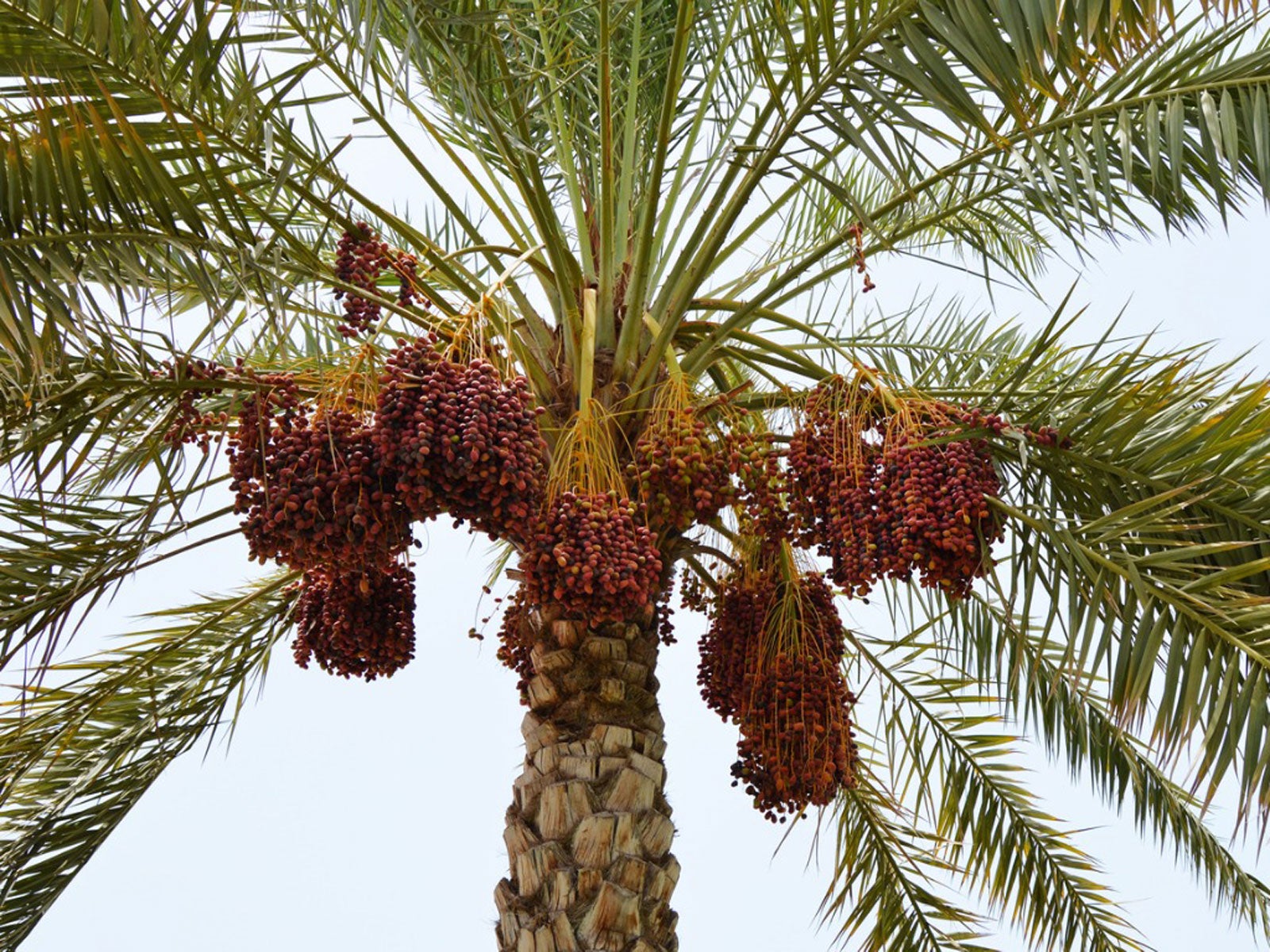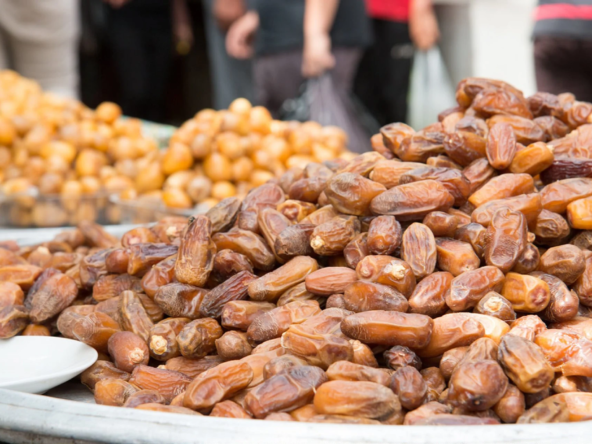In recent years, agroforestry has emerged as a powerful approach to sustainable agriculture, offering ways to boost crop yields while preserving the environment. Within this domain, date palm agroforestry has gained particular attention for its unique blend of agricultural productivity and environmental conservation. Native to arid and semi-arid regions, the date palm (Phoenix dactylifera) serves as a cornerstone crop in many parts of the Middle East, Africa, and Asia. But it does more than produce delicious fruit; when integrated into an agroforestry system, date palms contribute to soil enrichment, biodiversity, water conservation, and even climate resilience. Let’s explore how date palm agroforestry operates and the many benefits it provides for farmers and the environment alike.
The Basics of Date Palm Agroforestry
Date palm agroforestry involves cultivating date palms alongside other crops, livestock, or tree species. It can take various forms, from simple intercropping to more complex systems that integrate diverse plant and animal species. Unlike monoculture, which relies on a single crop species, agroforestry mimics natural ecosystems by incorporating multiple layers and species. This layering creates a microclimate that supports growth, improves soil quality, and reduces environmental degradation.
Date palms are especially suited to agroforestry because of their unique physical characteristics. Growing to heights of over 30 feet, they cast a wide, diffused shade that allows other plants to grow underneath without blocking sunlight entirely. Their deep root systems tap into underground water, which can benefit the plants around them by enhancing water retention in the soil.
Environmental Benefits of Date Palm Agroforestry
1. Soil Fertility and Health
In dry, arid regions where soil degradation is a pressing issue, date palm agroforestry is a lifeline. The organic matter generated by the palms’ fallen leaves and fronds enriches the soil, creating a natural mulch that reduces erosion and improves moisture retention. Additionally, the intercropped plants provide natural fertilizers, such as nitrogen-fixing legumes that boost soil fertility without the need for synthetic chemicals.
2. Water Conservation
Water scarcity is a significant challenge in areas where date palms thrive. Agroforestry with date palms is inherently water-efficient because the palms’ deep roots help pull moisture from lower soil layers, making it available to shallower-rooted companion plants. This can help reduce the need for irrigation in water-stressed regions, a vital asset for conserving this precious resource.
3. Climate Resilience
Date palms create a microclimate, which shields smaller plants from extreme temperatures and reduces evaporation from the soil. The shade they provide helps lower ground temperatures, reducing the stress on plants growing beneath them. By integrating other drought-tolerant plants, farmers can build resilient ecosystems capable of withstanding harsh climate conditions, making date palm agroforestry an invaluable tool for adapting to climate change.
4. Biodiversity Boost
Date palm agroforestry promotes biodiversity, which is often sacrificed in conventional agriculture. By creating a habitat for a range of plants, insects, and animals, it encourages ecological balance. Pollinators, such as bees, benefit from the diverse plant species, which can increase crop yields. Additionally, by preserving various plant and animal species, agroforestry helps protect ecosystems from collapse.
Economic and Social Benefits for Farmers
1. Diversified Income Sources
Agroforestry systems allow farmers to grow multiple crops alongside date palms, diversifying their income streams. For example, crops such as alfalfa, citrus, or vegetables can be cultivated under the canopy of date palms, providing additional income without requiring additional land. In regions where market fluctuations affect commodity prices, this diversity makes farmers more economically stable and less reliant on a single source of revenue.
2. Reduced Farming Costs
By nurturing a self-sustaining ecosystem, agroforestry reduces the need for chemical fertilizers and pesticides, which are common in conventional monoculture farming. This not only cuts costs but also improves the long-term health of the soil. With fewer synthetic inputs, farmers can achieve organic certification more easily, allowing them to enter premium markets for organic products.

3. Enhanced Food Security
Agroforestry systems can enhance food security by providing a year-round variety of crops. In the date palm agroforestry model, food-producing plants and shrubs flourish alongside palms, ensuring a continuous supply of nutritious produce. In food-scarce regions, this constant supply of diverse crops can be a lifeline, reducing dependency on external food sources and increasing community resilience.
Practical Strategies for Successful Date Palm Agroforestry
- Select Compatible Companion Crops
Choosing crops that thrive in partial shade and can tolerate dry conditions is crucial for successful date palm agroforestry. Legumes, grasses, and certain fruits like pomegranates or figs complement date palms well and enhance soil fertility. - Adapt Irrigation Techniques
Water management is essential in date palm agroforestry. Drip irrigation and mulching help conserve water while maintaining soil moisture. For areas with limited water, techniques like rainwater harvesting can supplement irrigation needs. - Incorporate Livestock
Integrating livestock like goats or chickens can provide additional income and contribute to soil fertility through manure. However, careful management is needed to prevent overgrazing, which can damage plant growth. - Utilize Agroecological Practices
Farmers should adopt practices like crop rotation and intercropping to maintain soil health and prevent pests. Rotating crops not only boosts nutrient availability in the soil but also minimizes pest infestations, reducing the need for chemical pesticides. - Invest in Training and Community Collaboration
Local training programs can help farmers master the techniques of agroforestry, which can be complex. Additionally, community partnerships allow farmers to share resources, knowledge, and market access, building a supportive network that strengthens agroforestry’s impact.
Challenges and Future Directions
While date palm agroforestry offers numerous advantages, challenges remain. Establishing these systems requires upfront investment in training and resources. Also, some farmers may lack access to the markets needed to sell their diverse products at fair prices. Government and NGO support can play a crucial role here, offering incentives and subsidies to help farmers make the transition.
Future innovations in agroforestry may involve research into optimized crop combinations and advancements in water-efficient technologies. Continued advocacy for agroforestry in policy circles is also essential to make it more accessible to small-scale farmers, who are most vulnerable to climate change but also the most likely to benefit from agroforestry’s protective aspects.
Conclusion
Date palm agroforestry stands as a sustainable agricultural model that not only boosts farm productivity but also protects the environment. By adopting this approach, farmers can achieve a harmonious balance between agriculture and conservation, promoting a resilient and biodiverse ecosystem. As awareness grows, the expansion of date palm agroforestry could transform arid and semi-arid regions, providing a sustainable future for both farming communities and the planet.
Ajigofarms is a reliable global agricultural purchase sourcing with profound expertise in the manufacturing, and exportation of food crops. We are tested, and trusted suppliers of all kinds of cash crops and food crops. Our constant supply chain solution makes exporting easy, quick, and safe, we are identified with timeliness and meeting up with deadlines. Regardless of the region you are located in worldwide, you can reliably order your Agric products and be rest assured of successful delivery.




